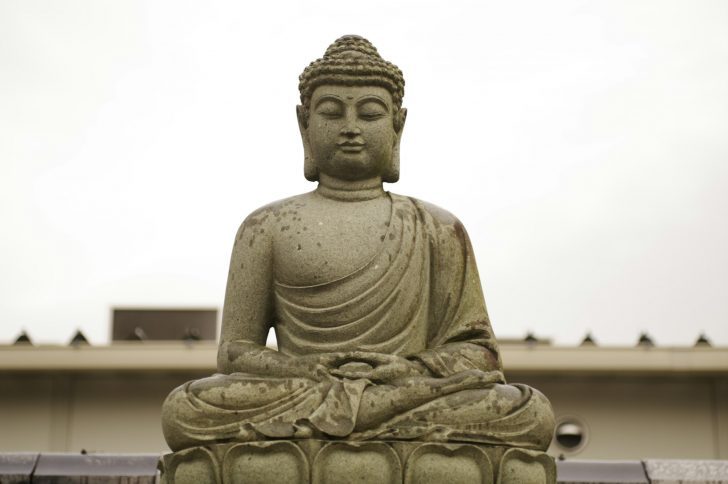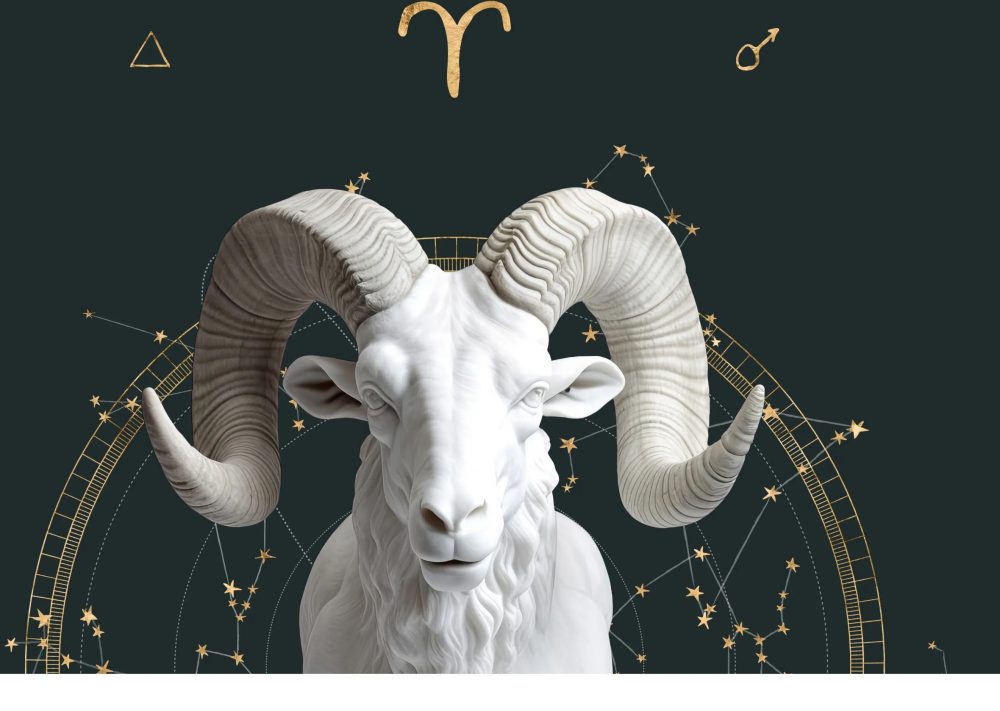Finding true love can often feel like navigating an intricate maze. For those still searching, the astrology of Juno offers intriguing insights into the traits of a potential soulmate. Let’s explore how to find your Juno sign and decode what it reveals about your ideal partner. What Is a Juno Sign in Astrology? In the cosmic landscape, Juno is an asteroid positioned uniquely in each person’s birth chart. It is named after the Roman goddess who presided over marriage and childbirth. In astrology, your Juno sign pinpoints the zodiac sign Juno occupied at your birth. This positioning offers clues about your ideal partner's characteristics, hinting at profound compatibility through celestial alignment. Juno, the Queen of Heaven...
Tarot cards serve as windows to the soul, illuminating paths through symbolic imagery and profound insights. So, what is tarot? Whether you’re a seasoned enthusiast or a curious newcomer, understanding its rich history and how it is used today can enrich your spiritual journey. What Is Tarot? At its core, tarot is a captivating form of guidance utilizing a deck of 78 cards, each bearing unique symbolism and significance. These cards are tools used to delve into the past, present, and future, offering reflections rather than concrete predictions. This reflective nature sets tarot apart from simple fortune-telling. It's not about foreseeing a fixed future but about exploring potential directions and understanding deeper personal truths. Tarot’s appeal...
Have you ever wondered why some people swear by astrology to guide their decisions and understand their personalities? You might be intrigued to find out just how much the stars can tell about you. Astrology, often viewed as a blend of art, spirituality, and psychology, offers insights into not only who you are but also how you relate to the world around you. This guide will help you understand why the Sun Moon rising Venus is a crucial concept in astrology and how it can provide deep insights into your personal identity. What Is Sun Moon Rising Venus? Sun Moon rising Venus refers to four key elements in your astrological birth chart: the Sun sign, Moon...
In a world filled with challenges and uncertainties, maintaining a positive outlook can sometimes feel like an uphill battle, especially if you are battling depression. However, understanding how to think positive when depressed is not just about making yourself feel better temporarily—it's about developing long-lasting habits that enhance your overall well-being and manage stress effectively. This comprehensive guide delves into positive thinking as a cornerstone of stress management and how you can transform your outlook to reap significant health benefits. What Is Positive Thinking? Positive thinking is not about ignoring reality or glossing over problems. It involves approaching life's challenges with a more optimistic and productive mindset. This means expecting the best to happen, not the...
Navigating the celestial currents of our lives, we often find ourselves at the mercy of cosmic forces beyond our immediate understanding. Among these, the aspect of the Sun Opposition North Node holds profound implications for our personal development and spiritual growth. This guide aims to demystify this aspect, offering insights and strategies for harnessing its challenges as catalysts for enlightenment and fulfillment. Understanding the Sun's Role in Astrology At the heart of astrology, the Sun shines as a beacon of vitality, ego, and the self. It represents our will to live, creative force, and capacity for spontaneity and health. When well-aspected, the Sun imbues individuals with warmth, generosity, and a caring spirit. Conversely, challenges to the...
Astrology is like a secret window into the depths of our personalities and the intricacies of our emotional worlds. Imagine it as a cosmic tool, not just for predicting futures, but for understanding the nuanced layers of yourself. Each planet, sign, and house in your chart tells a part of your story, offering insights into your strengths, challenges, and potential growth areas. Whether you're a seasoned astrology enthusiast or new to the zodiac world, the stars have something to reveal about you. Here are 15 ways astrology can help you understand your emotions and personality. Identifying Your Core Strengths Your Sun sign is the essence of who you are, shining light on your innate gifts and...
How to Reach Nirvana and How It Works
Have you ever wondered what it really takes to reach a state of complete peace and understanding? In Buddhist philosophy, this state is known as “nirvana”—an ultimate freedom from suffering and a profound realization of the universe’s true nature. While the concept may seem elusive, the path to nirvana is well articulated through the teachings of Buddha. Have you been wondering how to reach nirvana? This comprehensive guide will explore the ins and outs of how nirvana works.
What Is Nirvana?
Nirvana is often described as the ultimate goal of Buddhism, a state where the individual achieves complete liberation from suffering and the continuous cycle of rebirth. It is not just a place or a destination but a profound realization and transformation of the mind. Achieving nirvana means understanding the universe’s true nature, free from the veils of ignorance and attachment that bind us to worldly suffering.

Hiroshi Tsubono | Unsplash | The path to nirvana is well articulated through the teachings of Buddha.
How to Reach Nirvana: Embracing the Noble Eightfold Path
The first step to reach nirvana is understanding and accepting the Four Noble Truths taught by the Buddha. These truths serve as the foundation for all Buddhist teaching and are crucial for anyone seeking enlightenment:
- Life is suffering: Acknowledging that suffering is an inherent part of existence.
- The cause of suffering is ignorance: Recognizing that suffering stems from misunderstanding the universe’s true nature.
- Ending suffering: Realizing that it’s possible to end suffering by overcoming ignorance and attachment.
- The path to ending suffering: Following the Noble Eightfold Path.

Prasanth Inturi | Pexels | The first step to reaching nirvana is understanding and accepting the Four Noble Truths taught by the Buddha.
The Noble Eightfold Path provides a practical guide to ethical and mental development to free the individual from attachments and delusions; it leads to the understanding needed to attain nirvana. The path consists of:
- Right views: Understanding the nature of reality and the path of practice.
- Right intention: Committing to ethical and mental self-improvement.
- Right speech: Speaking truthfully and harmlessly.
- Right action: Engaging in behaviors that do not harm others.
- Right livelihood: Choosing a profession that does not harm others.
- Right effort: Cultivating positive states of mind; freeing oneself from evil and unwholesome states.
- Right mindfulness: Developing awareness of the body, sensations, feelings, and states of mind.
- Right concentration: Developing the mental focus necessary for this awareness.
The Role of Meditation in Achieving Nirvana
Meditation, or dhyana, is central to the Buddhist practice of reaching nirvana. Through meditation, practitioners develop the concentration, clarity, emotional positivity, and calm necessary to see the true nature of the universe. It’s a tool to cultivate key aspects of the path, such as the right mindfulness and right concentration.
Nirvana in Everyday Life
While traditionally, achieving nirvana might seem reserved for monks and spiritual leaders, the principles of the Noble Eightfold Path can be integrated into the daily lives of lay Buddhists. By practicing mindfulness, ethical conduct, and meditation, even those not in monastic life can cultivate the qualities necessary for enlightenment and prepare themselves for higher existences, potentially leading to nirvana in future lives.
Conclusion
Achieving nirvana is not about withdrawing from the world but engaging with it more fully, with compassion, patience, and joy. It is a journey of transforming perception and understanding, accessible to anyone willing to walk the path. Whether one becomes a Buddha or an arhat, the essential goal remains the same: to overcome suffering and achieve a deep, lasting peace. This is the heart of the Buddhist path, a profound journey of religious observance, personal discovery, and transformation.












